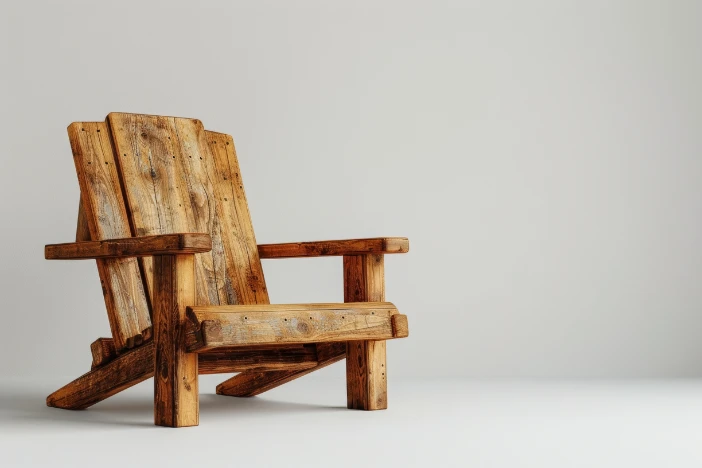
The seventh section of our lengthy overview of design aesthetics looks at several fancy styles from different eras.
Regal
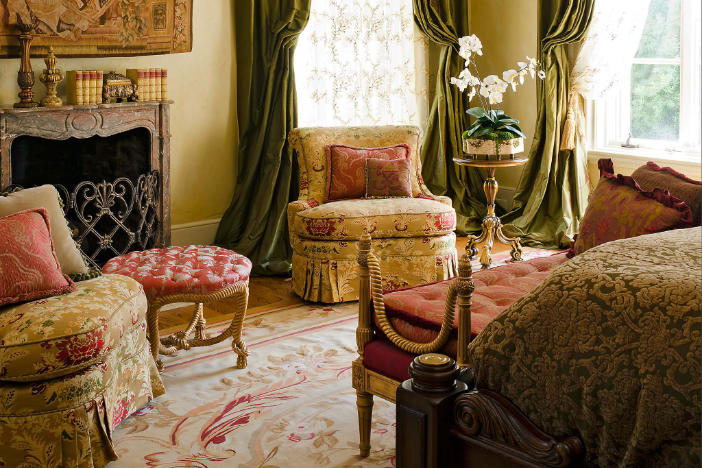
Regal interior design is all about rolling out the red carpet for your everyday life, channeling centuries-old grandeur but keeping it surprisingly livable. Imagine crisp architectural silhouettes, swooping arches, finely carved cornices and high ceilings that make you want to cue a royal entrance theme every time you walk in. This style leans into tactile delight, so think rich velvets, shimmering silks and heavy damasks—textures that beg you to linger a little longer on that chaise lounge.
Color is where Regal style shows off its crown jewels. Whether you favor the monochrome elegance of all-white and black and white or crave the head-turning punch of sapphire, emerald or deep burgundy, regal rooms always shine with a clever dose of metallic—gold, silver, even bronze and copper. Hardware, fixtures, trims and frames get the Midas touch, making everything look a little more princely.
If you want to drop a little royal name, pieces like the Louis XVI chair or a Chippendale cabinet practically define regal furnishings, bringing ornate detail without ever crossing tacky territory. Designers like Jean-Henri Riesener made a splash at Versailles with their mastery and you’ll still spot their signature flourishes in modern regal-inspired lines. Oversized mirrors multiply both the shimmer and the square footage, which means you can live like a monarch even if your kingdom is closer to a studio than a palace. At the end of the day, Regal isn’t just about impressing the neighbors—though it will—it’s about making you feel like royalty in your own home.
Regence

Regence style gives your space French flair, but without the drama of a movie villain’s lair. Instead of shouty jewel tones, think whispers of color: creamy whites, misty grays and barely-there browns pull everything together in a way that feels like luxury in comfy slippers. Texture is a big deal, with rich wood grains, supple leathers and fancy silk damasks making the whole place feel elevated yet inviting.
If a piece of Regence furniture could talk, it would sweetly brag about its cabriole legs and curvy silhouettes—too elegant to be fussy, too graceful to be boring. Look closely at sofas, armoires or gorgeous “fauteuil” chairs and you’ll spot carved detail work—acanthus leaves, shell shapes or even the occasional mythical dragon, throwing just a bit of “Game of Thrones” energy into the genteel atmosphere.
The style’s poster children are pieces like the Regence commode and the bergère chair, which appear in museums and sometimes on the wish lists of folks who know their Chippendale from their Chipotle. Jean Bérain the Elder didn’t have an Instagram, but if he did, his ornamentation would’ve gone viral. His designs, teamed with the craftsmanship of cabinetmaker Charles Cressent, set the gold standard—sometimes literally if you count the gilt bronze finishes.
If you love arched doorways, chandeliers sparkling like they’re ready for their close-up and a bit of historic flair without the stuffiness, Regence might just be the Netflix binge your home didn’t know it needed.
Regency
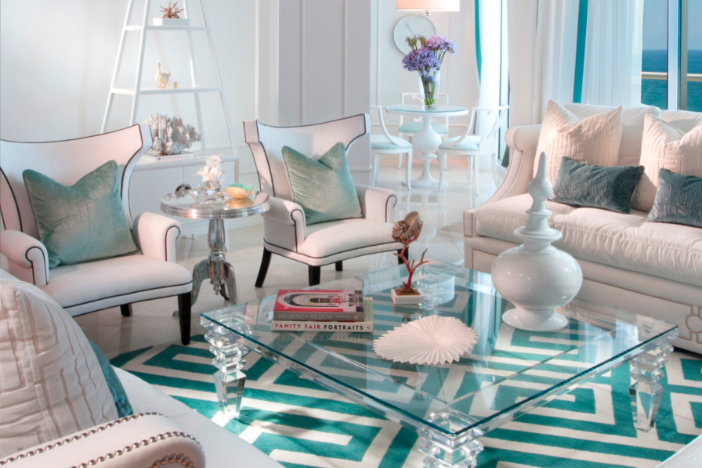
When you step inside a Regency-style home, you instantly get that old Hollywood vibe—think elegance with a side of drama, minus any diva behavior. Every detail matters in this look, from the sleek curves of brass-legged settees to the shimmer of glass and gilt mirrors. Texture takes center stage: silky lampshades and plush velvet pillows beg to be touched, while glossy lacquered finishes bounce light around the room like the flashbulbs at a red-carpet premiere. The color palette isn’t shy either, serving up everything from peacock blue to zesty saffron or moody purple, all contrasted beautifully against crisp white or jet black trim.
Regency rooms are masters of the art of entertaining, arranging furniture to spark actual conversation instead of everyone zoning out in front of a TV. Classic pieces like the klismos chair or recamier chaise lend that signature low-to-the-ground, graceful silhouette—if you want your living room to look Oscar-worthy, these are your go-tos. Thomas Hope and George Smith are two Regency-era design icons who set this style in stone or at least in satinwood.
You might think Regency charm stops at your front door, but a little garden folly, column-festooned pergola or glossy painted outdoor bench instantly brings the look outdoors. Whether you’re channeling Bridgerton ballrooms or crafting your own version of Gatsby’s garden parties, Regency style delivers the glamour with just enough wit and sparkle to keep things interesting without ever upstaging you.
Renaissance
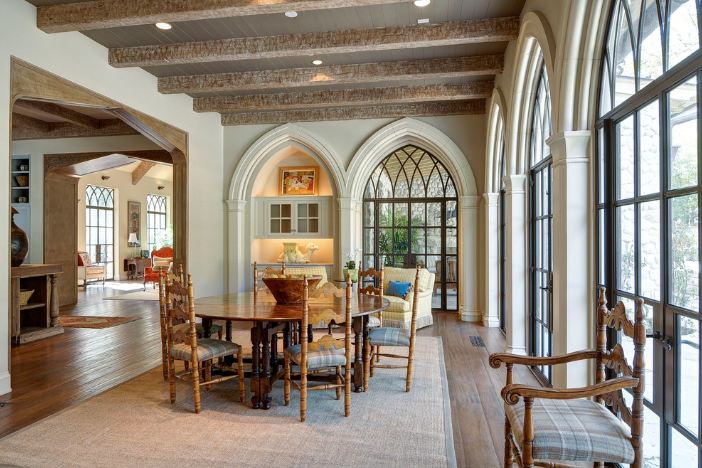
Renaissance interior design is where luxury meets order and elegance finally gets out of its comfort zone. This classic style showed up in Europe during the 1400s and 1500s—back when “balance” meant more than not tripping over your own feet. These rooms are wide, open and practically beg you to take a deep breath. Grand high ceilings, crisp geometry and soft arches kept things bright and a little dramatic, just like any good Renaissance painting.
Texture steals the spotlight here. Picture smooth marble floors, carved wood that makes your coffee table jealous and thick tapestries so lush you’d stop and wonder if you should even touch them. Color choices aren’t shy—think moody plum, forest green and navy blue, all topped off with gold details that announce themselves before you do. These spaces were made to make an entrance and honestly, they’re still not about blending in.
Furniture in a Renaissance room doesn’t just sit pretty. Cassone chests add glam (because storing linens shouldn’t be boring) and sgabello chairs look like tiny thrones for people ready to rule the dinner conversation. Sturdy refectory tables were built for feasts or a little humblebragging about your latest ceiling and even kitchen cabinets got dramatic with carved panels, columns and secret compartments for hiding all your best ingredients.
Big names like Michelangelo and Giulio Romano didn’t only paint ceilings—they set the rules for what stylish living looked like. Go Renaissance and you’ll always have the classics on your side. This look is centuries old, but let’s be honest, it still has more flair than most of us do on a Monday morning.
Retro
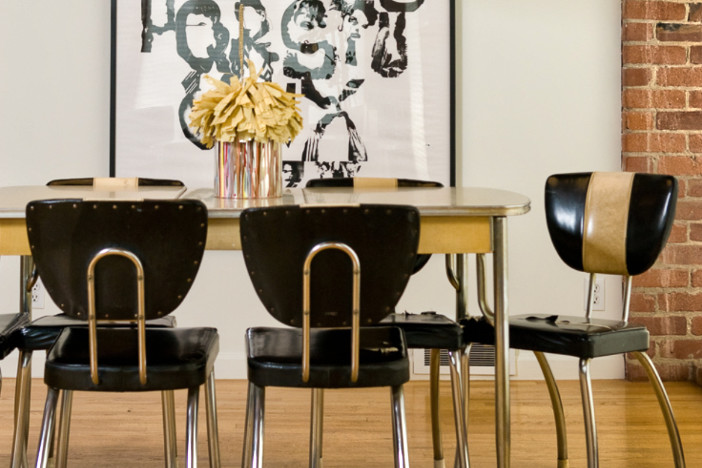
Retro interior style is all about serving up a big slice of nostalgia with plenty of personality. Signature forms lean into fun: curved sofas, low-slung lounge chairs, starburst mirrors and round-edged tables that feel more playful than polished.
Texture really steals the spotlight, with glossy plastics, velvety fabrics, shag rugs and the occasional tufted vinyl banquette. You’ll find bold splashes of tangerine, avocado green, fire-engine red, turquoise and mustard yellow, usually paired together (not piled on) so the look feels upbeat instead of overwhelming.
Materials like teak, molded plywood, chrome, formica and acrylic keep everything light and ready for impromptu living-room dance moves. Patterns tend to go big—think geometric repeats, pop art prints or atomic squiggles—often turning up on upholstery or wallpaper that brings the whole space to life.
Retro works outside, too. Toss some graphic-print cushions on a butterfly chair, add a vintage cooler and a sleek bar cart and suddenly your patio is ready for its own comeback tour.
Iconic furniture still stopping traffic includes Eero Saarinen’s Tulip Table, Arne Jacobsen’s Egg Chair and the playful George Nelson Marshmallow Sofa. Retro designer Dorothy Draper became famous for her use of vibrant color combinations, oversized patterns and for transforming public spaces with bold theatrical flair. Along with David Hicks—known for daring color clashes and wild patterns—she helped set the tone for rooms that are punchy and unforgettable.
Retro’s not about rewinding—it’s about remixing the grooviest parts of the past and letting them shine in the here and now.
Revival
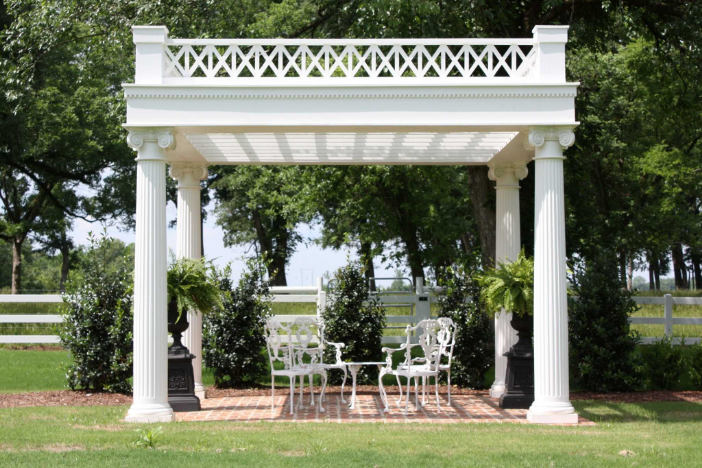
The Revival interior design era in America hit its stylish stride in the nineteenth century, bringing the past back for an encore. With cities buzzing, factories humming and the world suddenly on fast-forward, folks longed for a cozy flashback—cue the Revival saga, where homes dressed up in nostalgic grandeur like actors at a historic costume party. This style wears its influences like a mixed tape: you’ll spot the crisp symmetry of Greek columns, the pointed drama of Gothic arches and a dash of Rococo’s curvy flair, plus a little Egyptian mystery thrown in just for good measure.
Revival’s forms run the gamut from beefy, squared-off legs on tables to the swooping backs of Grecian-inspired chairs. Texture is a tactile adventure with rich velvets, gleaming polished woods, carved stone, and—when feeling dramatic—just a hint of gilding. The color palette is anything but shy, embracing deep emerald greens, rich burgundies and stately golds that meant business long before the Oscars. Materials champion authenticity: walnut, mahogany and cherry strutted their stuff, while marble, brass and stained glass added the right touch of grandiosity.
If you want to name-drop, think “Grecian Klismos chair,” a classic star in any Revival lineup, while designers like Alexander Jackson Davis and Richard Upjohn gave the style its curb appeal and interior wow factor. Today, when you see a home doing its best Pride and Prejudice impression with fluted moldings or that all-important Corinthian column, you’re witnessing Revival’s legacy—proof that sometimes, looking back is the real forward move.
Rietveld
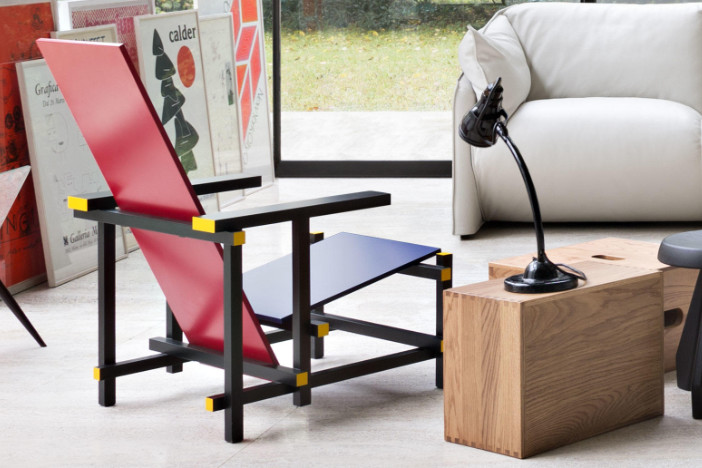
Rietveld interiors have a unique knack for making the old school feel fresh without trying too hard. Think classic meets bold—chairs that are all sharp angles, sleek edges and a geometry teacher’s dream. Gerrit Rietveld and his crowd were true rebels against comfy curvy furniture, using straight lines and creating spaces that are almost architectural sculptures in themselves.
His legendary Red and Blue Chair is a hallmark of Dutch Modernist design and a quintessential expression of Neoplasticism [Jensen 2007]. It brings a pop of Mondrian right into your living room with its primary colors and light-hearted confidence, offering more visual delight than plush coziness. Don’t let the simple palette fool you—these pieces were ahead of their time and built for the masses, not just the cool kids.
Rietveld wasn’t just about looks, though. The materials in these rooms are honest—wood that shows itself off, sometimes painted in those iconic De Stijl colors, other times left as natural as a Sunday morning. Furniture shows its construction proudly, with visible joints and no attempt at hiding the mechanics. Walls and floors go for neutral whites, grays and blacks, giving color the stage where it matters. And who needs heavy curtains when you can have panoramic windows bringing the outdoors right in? With light pouring through glass and sliding doors that erase boundaries, it almost feels like Rietveld invented “open concept” before HGTV caught on.
While most folks remember the Red and Blue Chair, the Zig-Zag and Crate series prove that good design has no need for legs—or limits. Rietveld’s Shroder House is a bucket list trip for architecture buffs, a real-world superhero lair built nearly a century ago that’s still cooler than Tony Stark’s pad.
Rococo
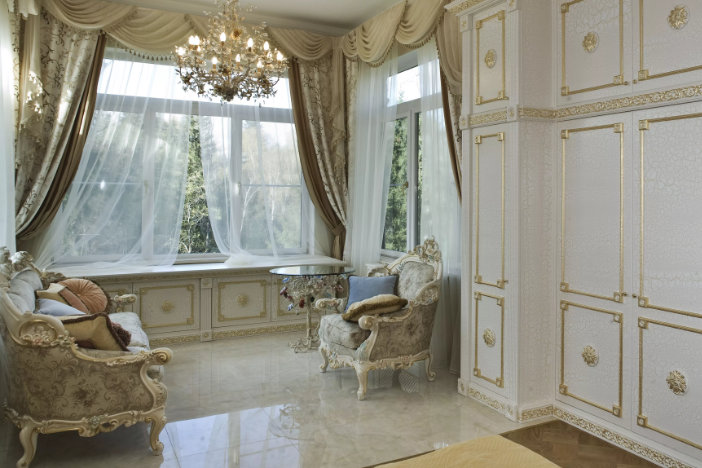
Rococo or rocaille if you’re fancy, swept onto the French scene as the ultimate antidote to the stiff, geometric Louis XIV look. This style leans in to curves, never corners, with forms that coil and swirl like a well-tossed croissant. Furniture in Rococo gets flirty, with chairs and tables showing off cabriole legs and curvy arms that look like they’re dancing. Texture is everywhere, thanks to hand-carved details that would impress even the pickiest craftsmen. You’ll see surfaces that shine and glow with gold leaf, smooth marble, soft silk and plenty of shiny wood.
Rococo loves a soft touch, so expect plush upholstery under pastel silks and satins, plus a little gold to remind you who’s boss. The Louis XV chair sits at the top tier of iconic—impossible to miss—while designers like Juste-Aurèle Meissonnier and Nicolas Pineau set the interior standard. Rococo likes to keep things interesting with lots of asymmetry. Think shells, bits of coral and fun leaves that add a bit of flair and a cheeky twist to a room. Mirrors do more than help you fix your hair—they bounce light around and give every space a shiny, royal vibe.
Wall panels loved a little chinoiserie, showing off playful scenes inspired by Asian art and life. Rococo interiors bring together art history and French style, with enough sparkle and humor to keep people saying oui even after all these years.
Romantic
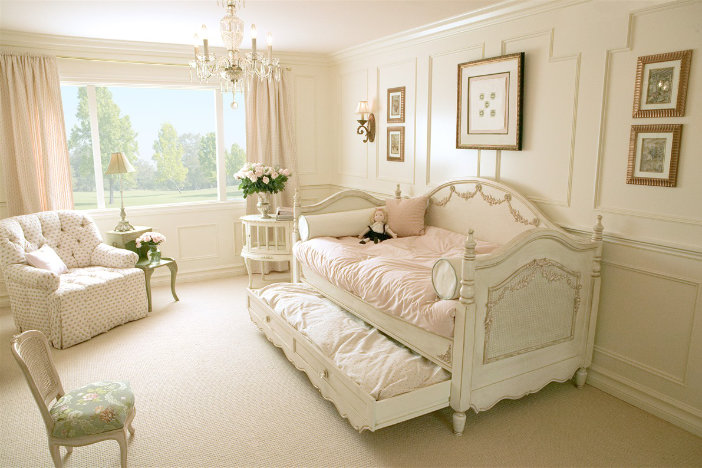
Romantic interior design makes your home feel like a movie set from your favorite love story. Everything is soft, cozy and dreamy. Curvy shapes take over, from those elegant cabriole legs on tables to sweet heart-shaped chair backs. The whole room feels like it’s giving you a gentle hug and honestly, who can say no to that? The vibe leans into elusive pastels like dusty pink, moonlit blue and faded ivory, which keep it serene without ever shouting for attention.
Textures in a romantic space tend to go all in on touchable luxury, so velvet, silk and even brocade fabrics show up everywhere from billowy curtains to plush bedding, just begging for a Netflix-and-chill night worthy of Bridgerton. When it comes to materials, ornate gold or antique brass details—on things like picture frames, candle sconces and those iconic crystal chandeliers—sparkle against soft backdrops, because even romance likes a little bling. Light isn’t supposed to blind; it lingers in gentle glows that flatter everyone and everything, from a canopied four-poster bed (classic, right out of a Jane Austen adaptation) to shapely settees.
If iconic design names come up at trivia night, Jean-Henri Riesener and Thomas Chippendale deserve a shout-out for their influence on the look. Their ornate commodes, romantic settees and swirling woodwork helped define an era where furniture was practically poetry. The only thing missing? A trail of rose petals.
Russian
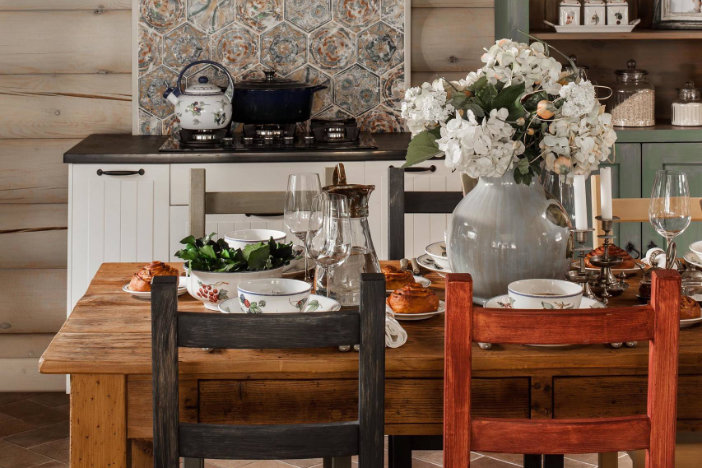
Russian interior design mixes history and comfort like sugar and tea. This style wraps you up in warmth with a blend of old-school elegance and down-to-earth coziness. It’s where a fancy palace and a country dacha find common ground—glamorous, but you can still kick off your boots.
Form is classic and purposeful. Furniture is usually solid, often carved from dark woods like birch or walnut, with curves and flourishes that nod to bygone eras. Peek into a true Russian home and you’ll probably find a pechka—those traditional masonry stoves that are as functional as they are iconic. They’re basically the fireplaces of the East, pulling double duty as heat source and design anchor.
The colors are earthy with a hint of drama. You’ll find soft ochres, warm taupes, off-whites and dusty greens, accented by jewel tones in velvets or brocades. Texture is everything here—embroidered tablecloths, lace panels on windows, thick wool throws over carved chairs. It’s a style where layering feels natural, not fussy.
Floral prints are a hallmark—roses, poppies, wildflowers—appearing on everything from wallpaper to teacups. Folk patterns, decorative tiles and parquet floors in herringbone patterns add to the visual story. There’s pride in tradition and detail without crossing into full Downton Abbey levels of fussiness.
Architects like Fyodor Shekhtel and Ivan Zholtovsky left their mark on interiors too, blending Art Nouveau with classical Russian elements. Today’s take on Russian style proves that history, when handled well, never goes out of fashion—sort of like Tolstoy, but for your living room.
Rustic
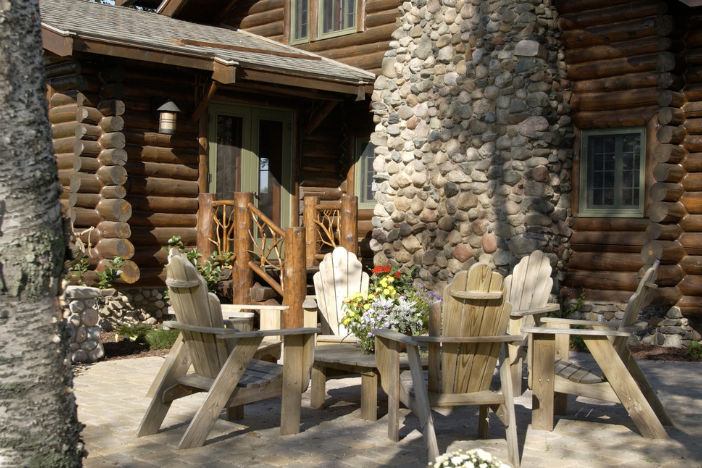
Rustic interior design brings the outdoors in, no lumberjack attire required. This style thrives on natural materials—think rough-hewn wood with knots and cracks proudly on display, stone that would make Fred Flintstone jealous and cozy fabrics like wool and cotton for a welcome-to-the-cabin vibe. Texture rules here, from chunky reclaimed timber beams overhead to jute rugs beneath your feet and the soft wool or leather slouching across a deep armchair. You’re wrapped in earthy color palettes: warm browns, beiges, muted greens and grays that whisper “nature is the new black” and keep things calm while raw materials take center stage.
If you’ve never hugged a stone fireplace, you might reconsider after seeing one in a rustic living room, where walls often show off their brick, stone or aged wood—sometimes all three for those multitasking overachievers. Spaces get plenty of daylight, thanks to big windows that make you feel you could high-five a passing squirrel.
Outdoors, rustic style shines on patios with reclaimed wood floors, natural stone paths and pergolas built with sturdy—sometimes gloriously wonky—logs. Durable stone paving or old brick underfoot can take a beating yet still look good enough for a summer movie night.
As for furniture, the Adirondack chair sits on the rustic throne, but don’t sleep on reclaimed wood tables or the Toulouse coffee table, both icons of the style. On the design scene, Amber Lewis and Sean Anderson are stars—think of them as the dynamic design duo setting the bar for rustic chic, celebrated for their knack with texture, balance and easy, lived-in beauty. The rustic style doesn’t fuss; it just welcomes you home, muddy boots and all.
Guide Sections
References
- Jensen, T. (2007). De Stijl.

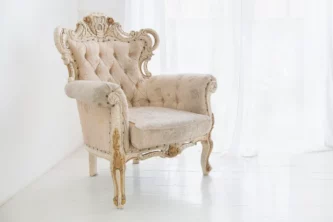
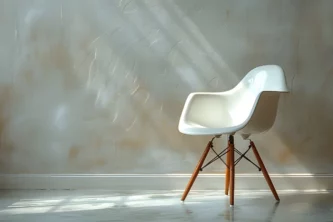
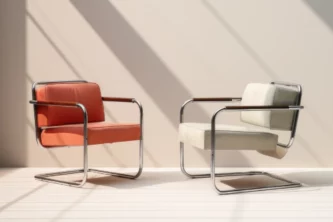
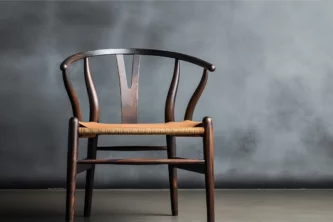
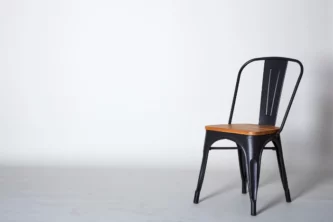
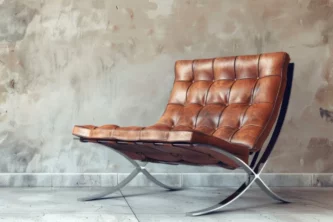
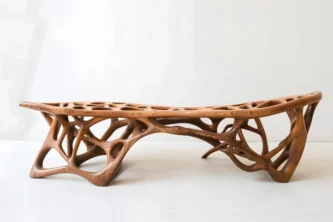
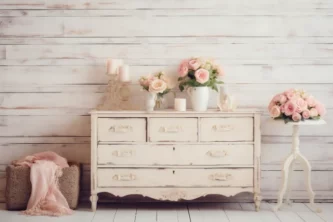
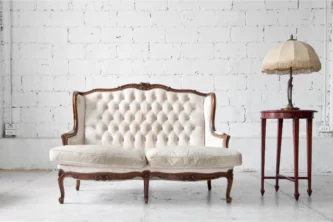




Leave a Reply